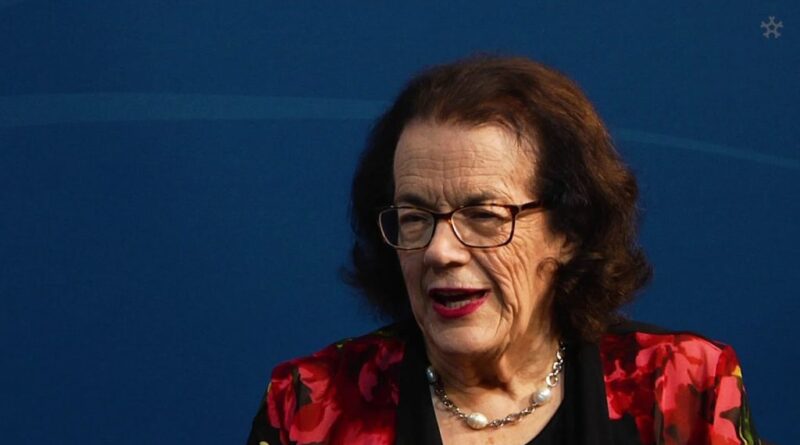Australia on track to meet 2030 43% emission’s reduction target, on latest figures

Australia is on track to reach the Albanese government’s 43% emissions reduction target by 2030, according to the most recent analysis by the Climate Change department.
The analysis shows Australian emissions are projected to be 42.6% below 2005 levels in 2030.
The government has released the new numbers ahead of Climate Change and Energy Minister Chris Bowen’s Thursday annual climate change statement to parliament.
They show total net emissions are projected to be 3% below Australia’s 10-year planned carbon reduction budget. This means Australia would over-achieve the 2030 target on the budget basis. That compares to 1% above the budget projected last year, when measured using the baseline scenario.
If additional measures the government is committed to are taken into account, such as the Future Made in Australia policy to support the development of hydrogen and the critical minerals industry, Australia would achieve a projected 42.7% emissions reduction on 2005 levels. This compares to a projection of 42% in the 2023 emissions projections and 40% in the 2022 emissions projections.
Australia is on track to beat its emissions budget by 152 million tonnes over the 10 years to 2030. That would be equivalent to Australia’s entire electricity sector’s emissions in 2024.
The government has declined to say whether it will announce Australia’s emissions reduction target for 2035 before the election. It says it has to wait for advice from the Climate Change Authority.
Bowen said of the latest figures: “Our robust reforms and pragmatic policies are delivering what we’ve always said – Australia’s 43% target is ambitious but achievable.
“The Coalition can’t even name a 2030 target, let alone achieve it,” he said.
Meanwhile the government on Tuesday announced a review of the National Electricity Market (NEM). It will be conducted by a panel led by Tim Nelson, an associate professor of economics at Griffith University.
The inquiry will examine the NEM wholesale market settings “to ensure the market promotes investment in firmed renewable energy generation and storage capacity into the 2030s and beyond. This is vital as electricity demand grows and ageing coal fired power stations exit the system,” a statement from Bowen said.
As the proportion of renewables in the system expands, concern has increased about whether there will be enough firmed power in the system.

